Telecom base station backup power: As a backup energy storage battery, lithium iron phosphate step is more economical than lead-acid.
The technical standard for backup energy storage: continuous discharge time is 15-60 minutes, and the minimum number of runs is 20-50 per year. Backup energy storage batteries are used less often per year, so the stepped battery can also be used as a backup energy storage battery.
Price of lead-acid battery: In January 2020, the price of the "48V 12A" lead-acid battery (new battery) is RMB 220-224, which is about RMB 0.38/Wh of a lead-acid battery.
Price of lithium iron phosphate battery: The price of lithium iron phosphate step battery is only 0.1 RMB/wh, after sorting, testing and 10% scrap, the cost of step battery is about 0.32 RMB/wh.
If it is only used as a backup battery, the price of the LiFePO4 battery is more competitive, and the energy density is higher and the operating temperature range is wider.
| Battery Performance Indicators | Lead-acid battery | Used LiFePO4 |
| Cycle Times | 1000-1200 | 500-2000 |
| Energy Density (Wh/kg) | 30-45 | 90-120 |
| Operating temperature (C) | 5-30 | -20-60 |
Telecom base station backup power: 5G + energy storage FM, lithium iron phosphate battery more cost-effective advantage
Energy storage in communications base stations can not only be used as backup power, but also be used to store energy when the grid load is low, and output energy when the grid load is high, which can be used for peak frequency regulation, reducing grid fluctuations, and ensuring the smooth operation of communications base stations. China Unicom's "5G Enables Ubiquitous Electricity Internet of Things 2020" has the application scenario of 5G base station energy storage and peak control.
The technical standard of backup energy storage: continuous discharge time is 15-60 minutes, and the minimum number of annual operations is 20-50 times. The technical requirements of the peak FM energy storage battery: discharge duration of 15 minutes - 60 minutes, the annual minimum number of runs is 250-10000 times.
The advantage of lithium iron phosphate batteries is that the number of cycles is much higher than lead-acid batteries, the lead-acid batteries cycle life of about 1000-1200 cycles, lithium iron phosphate battery cycle life of 7000-10000 cycles (attenuation to 70%). 7000 cycles, the need to replace the lead-acid battery about 6 times, while the lithium iron phosphate battery does not need to be replaced. Lithium iron phosphate cell price of 0.6 RMB/wh, is expected to pack after about 0.7 RMB/wh, the price of lithium iron phosphate batteries is only two times the lead-acid battery.
| Type | Lead-acid battery | LiFePO4 |
| Cycle Times | 1000-1200 | 7000-10000(70%) |
| Energy Density (Wh/kg) | 38-45 | 170-180 |
| Recycling | 90% | Inadequate mechanisms |
| Other Features | Mature technology, large working range, floatable charge, normal voltage or low voltage design, good safety, excellent performance of shallow charge and discharge, high working voltage, poor performance of high current depth discharge. | No memory effect, can be high-current depth discharge, suitable for peak, float charge need to set the bms alone to achieve shallow charge shallow discharge effect. |
5G Communications Base Stations May Bring 7.6GWh of LiFePO4 Energy Storage Battery Demand by 2020
As of 2018, the three major carriers share 4.78 million 4G base stations, of which China Mobile has 2.41 million, China Telecom has 1.38 million and China Unicom has 990,000. Since the 5G communication spectrum is distributed in the high-frequency band, signal attenuation is faster and coverage capacity is reduced, so the number of 5G base stations will increase compared to 4G, where the communication signal covers the same area.
The construction of about 100,000 5G base stations in 2019 is expected to enter its peak in the next few years, assuming the construction of 700,000, 900,000, 1,000,000, and 1,100,000 5G base stations in 2020-2023, respectively.
The power consumption of a single traditional 4G base station is 780-930W, while the power consumption of a single 5G base station is about 2700W. With an emergency duration of 4h, a single 5G macro base station requires 10.8kWh of backup power.
Compared to 4G, the power of a single 5G base station is expected to increase by about two times, and the number of base stations is expected to increase significantly, corresponding to an increase in energy storage requirements. If the 5G+ peaking scenario is realized, the demand for LiFePO4 energy storage batteries is expected to increase significantly.


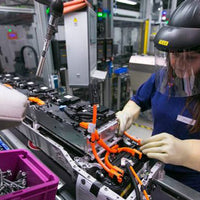
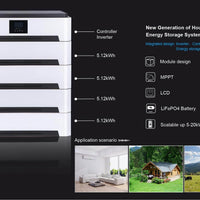
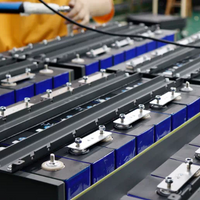
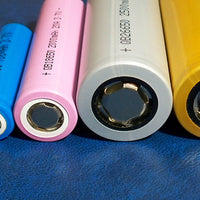
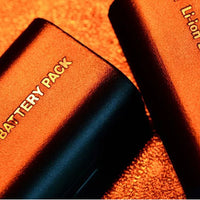
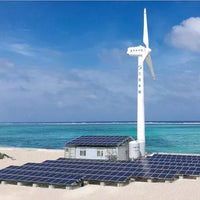
0 comments